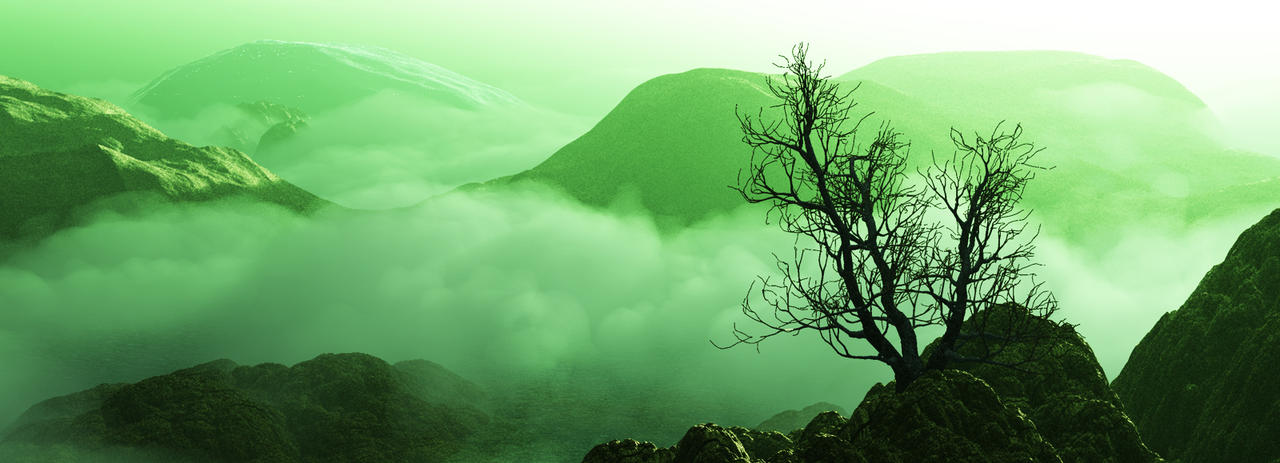
As demanding as that could be to believe, Professor Milton Wainwright, the team’s leader, insists that this is certainly the case.
The team, out of the University of Sheffield, discovered the little organisms (misleadingly referred to as ‘bugs’ by quite a lot of persistent journalists) living on a research balloon that was sent 16.7 miles into our environment throughout last month’s Perseids meteor shower.
According to Professor Wainwright, the microscopic creatures couldn’t have been carried into the stratosphere on the balloon. He said, "A lot of people will presume that these biological particles should have just drifted up to the stratosphere from Earth, but it is usually accepted a particle of the size found cannot be lifted from Earth to heights of, for example, 27km. The only known exception is by a violent volcanic explosion, none of which occurred within 3 years of their sampling trip."
Wainwright maintains that only salient conclusion is that the organisms originated from space. He went on to say that “life is not restricted to the planet but it almost definitely didn’t originate hereâ€
However, not everyone seems to be so convinced. Dr. Seth Shostak, senior astronomer for the SETI (Search for Extra Terrestrial Intelligence) project said, “I’m very skeptical. This claim has been made before, and dismissed as earthly contamination." The team responds to that by saying that they were thorough as they readied the hot-air balloon before the experiments begun.
However, they do acknowledge that there could be an unknown reason for those organisms to reach such altitudes. It should also be well-known that microbal organisms discovered in the 1980’s and 1990’s and named ‘extremophiles’ surprised the scientific community by living in environments that would instantaneously kill the bulk of life on earth.
These creatures have always been observed living deep under Glacial ice and even 1900 feet below the sea floor. In March of that year, Ronnie Glud, a biogeochemist at the Southern Danish Uni in Odense, Denmark was quoted as saying "Inside the most secluded, inhospitable places, you are able to even have higher motion than their surroundings," which "You can find microbes in all places - they are extremely malleable to circumstances, and survive where they're," so this indicates more plausible that any the team is in error, or that this is simply one more case of microscopic life showing up in an unusual place.
Furthermore, it is not the 1st time this particular team has come under fire for making such statements, either. Back in January of this year, astrobiologist Dr. Chandra Wickramasinghe reported that ‘fossils’ found inside a Sri Lankan meteorite were evidence ofextraterrestrial life, an assertion that was widely criticized by the scientific community.
Other scientists have complained that there simply isn’t enough evidence to make such a claim, as the theory this important would want a sizable body of evidence to prove its validity.
What that says to this reporter is that microorganisms can live almost anywhere and that it simply isn’t good science to leap to wild conclusions like aliens each time a more plausible explanation is most certainly present. Science should not be subject to such wild leaps of fancy. Imagination is a superb aid to science, it also isn't a science in and of by itself. Sadly, Dr. Wainwright and his group appear to be seeing exactly what they need to see.
the origin of the post is here
No comments:
Post a Comment